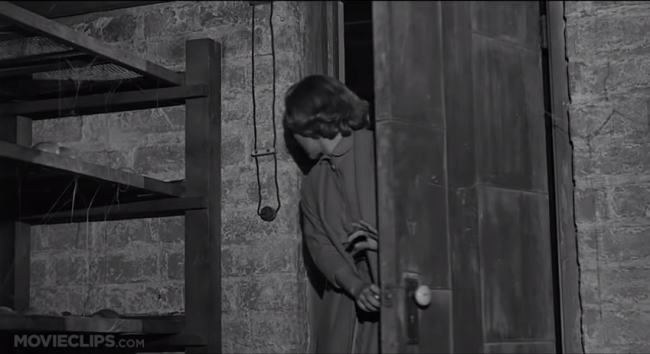Goodfellas was directed by Martin Scorsese and debut in 1990. The film is a literary adaptation of a book by the name of Wiseguy, by Nicholas Pileggi. The adaptation was pretty close to the book in fact Nicholas Pileggi was involved in a lot of the making of the movie. Nicholas Pileggi co-wrote the screenplay of the movie w Martin Scorsese. What is great about this movie is that there are great actors involved and Scorsese and Pileggi both made the script but let the actors, Robert de Nero, Joe Pesci, and Ray Liotta more or less free style the lines as they rehearsed.
It is important to know a little background about the movie to understand the drama involved. The movie is about the rise and fall Lucchese crime family. They were essentially a gang that would go around stealing things to make a living. They would then pay off anyone they needed to, to stay free.
The movie takes place in Brooklyn, New York. Just the fact and the history that we already know about New York helps to create drama. There is almost an untold respect that people have that when you hear someone if from New York you almost look up to them. This I feel goes along with the movie credentials for creating drama. This also is an important and big way that we see character development. New Yorkers have had a reputation over the years of having a quick temper and a sharp tongue. I think we see that a lot in all of the characters but especially in Tommy Devito. In the scene below we see the New York temper come out as Billy Bats insults Tommy and ends up getting into a little rumble.
The costumes also are a big part of drama. When you think about character development and costumes one has to think about Henry. Henry went from a poor Irish kid that had to work from the time he was physically able to help provide for his family. We see him at the beginning wearing poor old clothing and then as he starts to develop and make money his costume changes to always wearing nice suits. This is also an example of how it shows differences in social class. The low social class wears poor clothing and the higher the social class the better the clothing. That difference in social class can be seen below when we look at Henry from when he is poor to when he is rich.
I think another thing we can take away from how the costumes create drama is how it affects race. I am not saying that the movie is racist in any means but when you look at “Stacks”, the African American in the movie he is never seen in any nice costume or at least as nice as a lot of the men involved in the heist that he too was involved in. I think this just goes to show how still even during that time period we see differences in race.
Sound is an important part of this movie as well. In the movie the directors in my mind did a good job of preserving the time period with the song choices. In fact it was made a point to only put songs in the movie that you would hear in that time period. This helps tell the story because it does not stray the viewer from where we are in a particular time. This helps compliment the drama as well because music helps to make the viewer feel emotion.
Louis Giannetti Understanding Movies Thirteenth Edition










